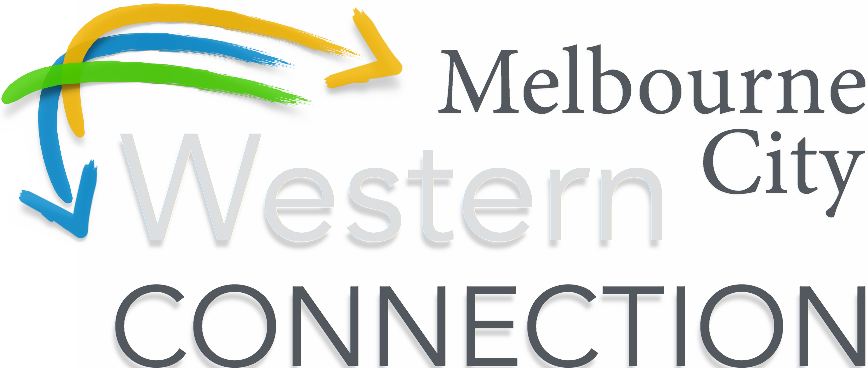OPINION
Matt Low - Financial vs Economic Benefits
As we design and build our cities there is an important distinction to be made between financial and economic benefits. However, this distinction is rarely made. Optimum financial outcomes are generally associated with the maximisation of profit, especially for developers, or the use of public land for development. Economic benefits can consider a much wider variety of impacts, such as amenity, environmental value, or social impacts. Economic benefits seek to optimise the use of our resources, (such as land) in the context of a society with limited resources.
The economic benefits of public open space are often overlooked as we plan and develop our cities. Property development places little value upon open space. It is difficult for property markets to capture value from a ‘public good’ that is open to and free for all. How then do we understand the value of providing of open space in our cities?
The value of open space can be measured using a common economic technique called ‘contingent valuation’. In Sydney, for example, a study was used to understand the economic value of 220 hectares of open space at Centennial Park in the city’s inner southeast. A sample of the city’s residents were asked to nominate an annual amount that they would be willing to pay for accessing the park. The average willingness to pay ($26 per annum per household) helped to generate an economic value of $30 million per annum in 1993.
Some of the inner parts of Melbourne, such as Docklands and West Melbourne have a notable lack of open space. Dockland’s lack of community spaces and facilities, open space and linkages to other communities is regularly cited as a barrier to its popularity. In such places, the economic benefits associated with developing new open space would be high.
Docklands was initially ‘planned’ with only financial benefits in mind, rather than a broader consideration of the economic benefits. Ten years after its establishment, government has realised the need to invest in the backlog of public spaces and infrastructure that were not originally considered. Today, government is investing in the Western Park, community facilities, and an improved esplanade to address many of the shortcomings. The case of Docklands provides a lesson in the need to consider the wider economic benefits in developments, especially the non-market benefits associated with open space provision.
Matt Low is an urban planner interested in the interaction between social and economic development. His experience includes undertaking impact assessments, social and economic research, feasibility studies, program evaluation and developing strategies in Australia and Asia.
www.geografia.com.au

